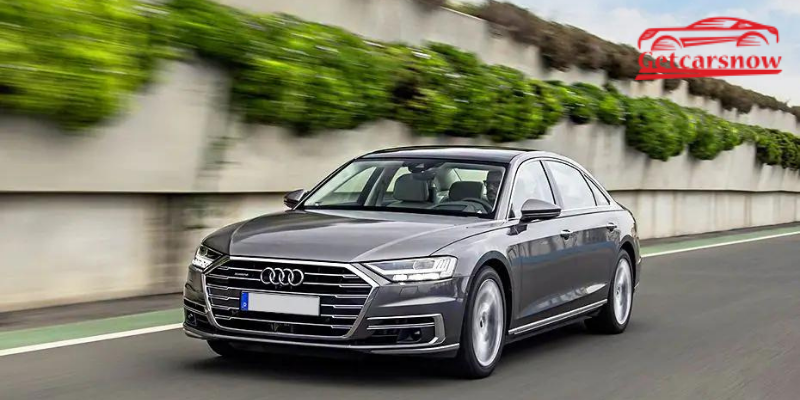
BMW M3 Engine- Complete Guide
BMW M3 engine is available with a gas engine. Its capacity to store fuel is 15.8 gallons. The baseline engine of M3 is a 3.0L engine. It comes equipped with a Double overhead cam (DOHC). The BMW M3 has a total of 24 valves with a six-cylinder inline engine. This engine can produce an output of 425hp with an rpm rate of 5,500rpm. It can produce the maximum torque speed of 406 ft-lbs with an rpm rate of 1,850rpm. The turning radius of the vehicle is 40.0 ft with a variable valve timing. The BMW M3 engine has a six-speed manual transmission, which comes standard with a rear-wheel drive.
The BMW M3 engine also offers a good fuel economy. The fuel economy of the BMW M3 in the city is about 17mpg and on the highway, it’s 26mpg. The BMW M3 is one of the best in the class vehicles in its price range with all the luxury features. Also loaded with a number of luxury and comfort features. To make this wonderful car agile and perfect in the sense of speeding and drift. BMW equipped the M3 with a much powerful 3.0-liter petrol engine with a double-clutch transmission gearbox. The BMW M3 is a much powerful 3.0 liter and 2,979 cc engine. Which is able to give the vehicle an excellent level of power and acceleration. The BMW M5 can also reach a top speed of 250 km/hour and from 0 to 100 in just 4.3 seconds.
Content of Table-
- Fuel economy of BMW M3 in real case scenario
- CO2 and taxes
- Range of the BMW M3 model
- conclusion
Fuel economy of BMW M3 in real case scenario-
Car manufactures are moving towards turbo engines because they can reduce the impact on the environment. So making the car affordable to drive. The BMW M3 model delivers a good mileage to the customer because the fuel economy of the BMW M3 in the city is about 33.2mpg with 194garm per kg CO2 and on the highway, it’s 33.2mpg with 198g/kg CO2. However, the records are old NEDC test cycles. This is the only major test that the BMW M3 has completed. Also in the future, it will go through a WLTP fuel-economy test. However, we found it to be somewhat equal to 21.1mpg. This is because companies in the test case neglect some of the real case obstacles. This is different from what the company claims but it’s tested on the runway.
CO2 and taxes-
You should go for the manual transmission as it will help improve the economy of your vehicle. As the official figure for the economy is slightly lower than the DCT model. Also, the CO2 emission of the vehicle is much higher than claimed. Which means you have to pay more duties for car ownership.
Range of the BMW M3 model-
The larger 60-liter tank capacity of the M3 model means that it can easily travel long distances without running out of fuel. Also, the larger in size tank means you have to spend more money to fill the tank. When you are having a car with a high fuel consumption then it may be frustrating to fill the tank again and again after some miles. Driving a 5 seater car with a lot of comfort and space also perfect for driving may sound silly.
Conclusion-
The production of the BMW M3 was started in 2015. It is a four-door sedan and weighs about 1595 kilograms with a trunk space of 505 liters. The BMW M3 is a 3.0-liter petrol engine. It has a six-cylinder with a 2979cc engine. Which can produce a maximum torque of 550NM and can generate a power of 431 horsepower. It has a six-speed manual gear with a standard rear-wheel drive. Which transfers power through the engine. The car can achieve an acceleration speed of 100 from zero in just 4.3 seconds. The top speed of the BMW M3 is 250 km/h or 155mph and it comes standard with a Euro 6 engine.
It has a good fuel capacity of about 60 liters. Also, the fuel consumption of the M3 is somewhat average, which is about 12 liters per 100 kilometers in the city, and on the highway, it’s 6.9 liters per 100 kilometers. It has a combined fuel consumption of about 8.8 liters per 100 kilometers according to what the company claims. If we test the BMW M3 in a real test case scenario then the mileage of the car would come out to be around 7 liters per 100 kilometers. In actual and real-world conditions the car approximately consumes 48% more fuel than what the company claims.



